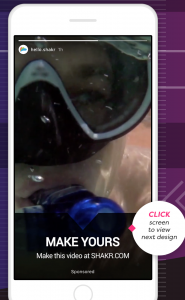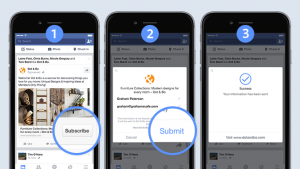By Ahryun Moon

For years, talent acquisition professionals have warned about impending talent shortages due to shifting job requirements and more people exploring the gig economy and other unconventional ways of working.
The COVID pandemic turned out to be the great accelerator of the shortage, and the Great Resignation ensured its lasting impact. But even before the pandemic, there was a huge imbalance between open positions and available workers, flipping the recruitment model on its head. Now, best practice hiring processes are more important than ever to keep talent happy and fill open positions.
Ultimately, this shift has reinforced how important developing relationships are when looking for employees, which may have fallen to the wayside when companies received thousands of applications per position. Candidates became lines on a resume instead of fully formed humans that companies spent time getting to know.
Recent data demonstrates the power employees have. Both job openings and employees who quit reached record highs in March 2022. Many hired candidates do not show up to work – as many as 20% of those hired at some companies. Reasons cited include “the hiring companies had previously ignored them after interviews or applications.”
It’s clear companies have some work to do in a candidate’s market. A recent study we conducted of talent acquisition leaders in the U.S. found almost half (46%) of those surveyed said cultivating meaningful candidate relationships is their number one priority for the next year.
Candidates, not companies, are now in control of the hiring process. Candidates are now interviewing at four times the rate versus before the pandemic and are more likely to have multiple offers when talking to your company. In addition, we’ve found candidates are making decisions faster (often within 15 days). They won’t wait for a company that does not respect their time or does not try to get to know them.
Candidates pay close attention to how a company treats its employees. A candidate’s first meaningful conversation must happen with a human; otherwise, you send the message that you do not prioritize building real relationships with your employees.
Companies struggle with cultivating positive candidate relationships through Zoom and a slide deck. Considering you are likely hiring new employees without meeting them in person only reinforces the need for technology to aid human interaction, not replace it.
And we know to make time to cultivate these relationships, we need a smart tech stack that improves efficiencies to make it happen. With such uncertainty and the importance of getting recruitment right, more companies are investing in technology to win at recruiting. An estimated $24.6 billion will be spent on HR software by 2026.
That said, technology can also hinder the hiring experience, especially for companies committed to more equality. For example, companies should avoid over-reliance on technology that scans résumés to automatically vet candidates or risk missing under-the-radar workers who lack traditional credentials, but more than make up for it in hard work, passion, or ingenuity. And while advances in natural language processing and machine learning can power chatbots that can interact with prospects, you will send the wrong message to candidates if you force them to interact with a computer instead of a human.
Technology cannot replace humans during employee recruitment, which is about putting in effort to build a relationship.
The good news is that technology can help companies manage many administrative tasks and make it easier to connect with candidates so recruiters and hiring managers can focus on building those all-important relationships.
3 ways technology enhances the hiring process
Automation. Candidates are moving fast; companies need to move faster. By automating things like scheduling and enabling sharing of candidate assessments, companies can more quickly move towards an offer and meet candidates on their timelines. By eliminating any time lag in the hiring process to expedite decisions, you can find, meet with, and make an offer to the best candidates. Companies spend too much time manually scheduling candidate interviews with multiple executives, who have to dig through emails for résumés and then compile notes to share with the hiring manager. By minimizing the set-up work, both candidates and employees interviewing them can focus on establishing a connection and asking the right questions.
Stronger relationships. Technology can help companies connect candidates with interviewers that can best forge strong relationships during the recruitment process. Left to manual routines, recruiters often pick the interviewers they can depend on or know will accept the scheduled time. This leads to overuse and detracts those employees from their actual jobs. It also fails to demonstrate the company’s diversity or potentially misses using the perfect employee to interview a specific candidate based on shared interests or diversity. Automating this process finds the right interviewer based on the unique candidate situation and ensures no one employee is overbooked on interviews.
Insights. Companies are always searching for better insights into their hiring processes. Absent automated technology, companies must ask candidates to provide feedback about the process manually, and someone must compile and analyze the data. By automating surveys that ask candidates how they are feeling at any given point of the interview process, companies can measure their recruitment approach and then take actions to continuously improve the process.
Technology is an aid, not a replacement, for human interaction in your HR or recruitment process, so you must use it wisely. It cannot and should not replicate the human experience you provide candidates that entice them to join your company. What it can do well is demonstrate your commitment to using automation for good, building relationships and harnessing insights for a better employee experience.
Ahryun Moon is the cofounder and head of company strategy at GoodTime, which creates a tool to optimize meetings. Her mission is to build automation that frees time people from manual tasks and helps build connection.
Fast Company , Read Full Story
(30)
Report Post







